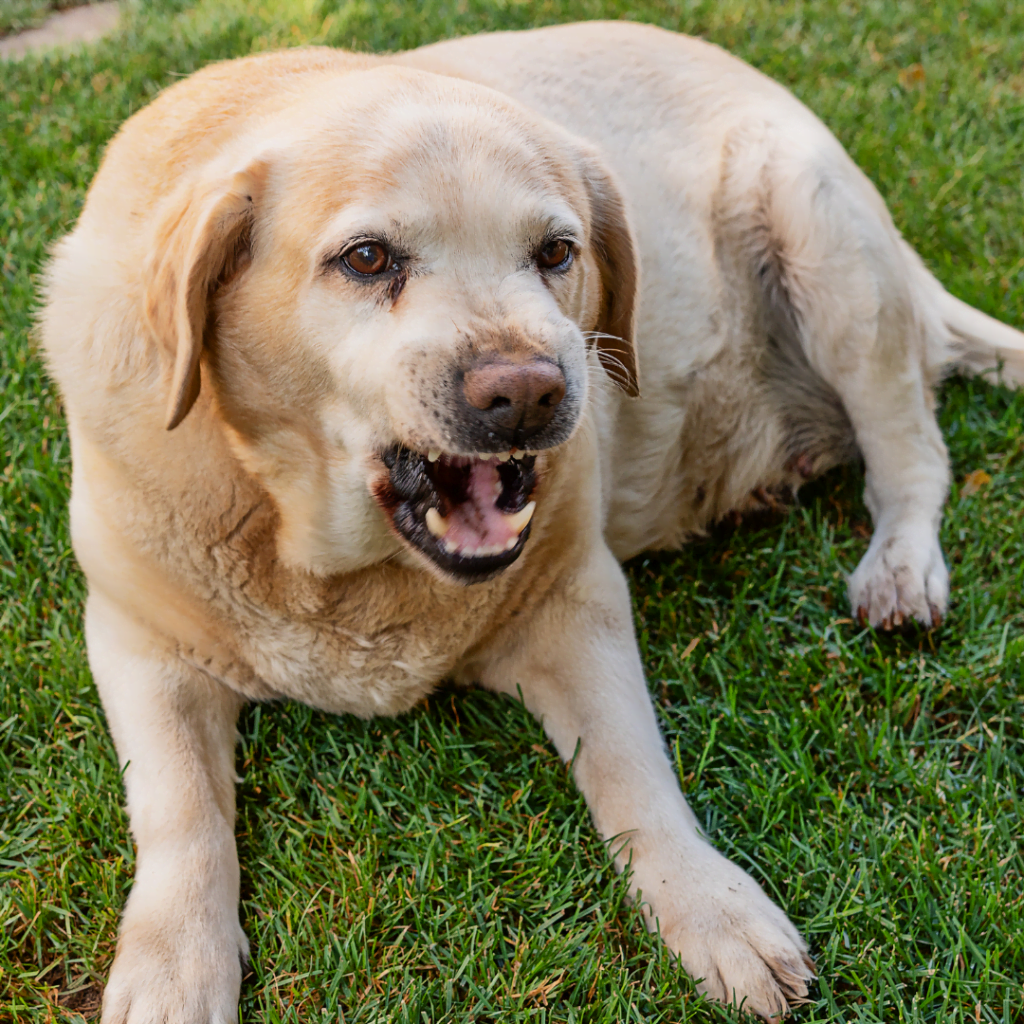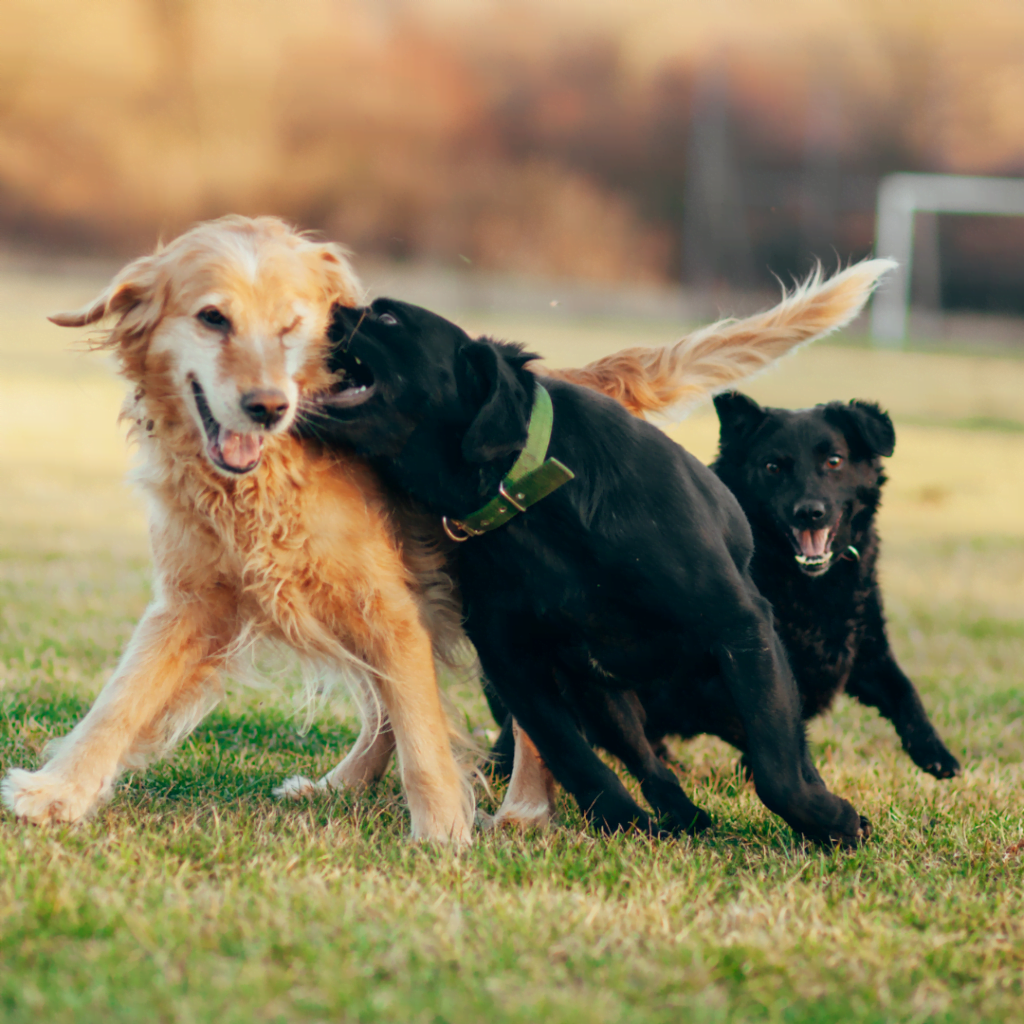Growling dogs often cause discomfort in humans, who may take it as an insult or an affront. However, for dogs, growling is an important communication tool: they growl to express their discomfort and it is their way of saying “no.”

Like a smoke alarm
Punishing or scolding a dog to stop them from growling is like removing the batteries from a smoke alarm. Just like the detector, growling warns of danger if nothing is done to change the situation.
A dog that is disciplined for growling will either stop the signal or reduce its intensity. They will then give less warning when they experiences discomfort and move right to the next step—a bite!—without warning. Keeping them from growling is like turning your dog into a time bomb.
If your dog is showing signs of discomfort, like growling, your first instinct should be to change the situation causing the reaction.
Here’s an example: if a dog growls when a young child climbs into their dog bed, you don’t waste time scolding with the animal. Instead, you should immediately remove the child, for their own safety!
You must then teach the child to respect the dog’s space. Eventually, using positive reinforcement, you can help your dog perceive intrusions into its space differently.
If your dog has something to say, listen!
Your dog must be able to express what they are feeling as it is happening so they don’t “explode” later. If you are offended by a dog’s growling, just imagine it’s them saying, “I don’t like this. Please help me” or “I need some space.”
Don’t confuse discomfort-growling with play-growling. Some dogs play with other dogs by barking and growling, but it doesn’t mean they’re angry. There are so many nuances to discover!
To learn how to communicate well with your animal and more about dog language, check out our article.








